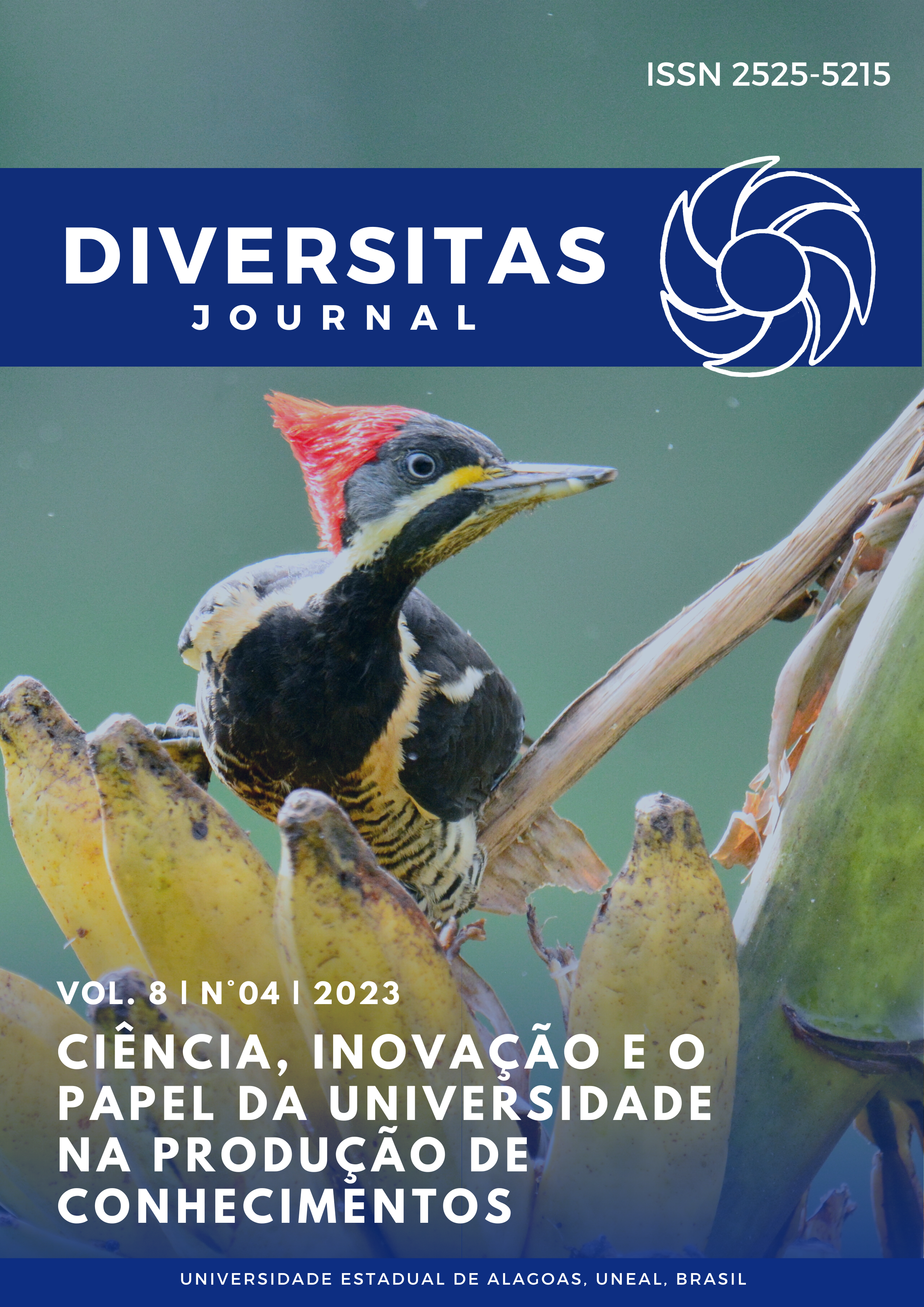The Design and Development of a Reading Assessment Manager
DOI:
https://doi.org/10.48017/dj.v8i4.2790Keywords:
Reading Assessment Software, Reading Comprehension, Educational TechnologyAbstract
An alarming result from the 2018 Programme for International Pupil Assessment (PISA) revealed that the Philippines ranked lowest among the other 79 countries that participated in the assessment. This pushed the Department of Education to create reinforcement programs for reading, which were unfortunately shelved when face-to-face classes were canceleddue to the COVID-19 pandemic. Hence, the researchers created the Reading Assessment Manager (RAM) for the continuity of reading programs such as the assessment of pupils’ reading grade levelseven during remote learning. In this study, RAM was created to virtually assess pupils’ reading grade levels, recommend level-matching reading materials, and store data in individualized accounts. Following Type II Developmental Research Design, RAM was designed and developed using a series of needs assessment, prototyping, and user satisfaction of the system. Results of the administered System Usability Scale (SUS) showed that RAM outperformed 90-95% of industry software systems, while the Post-Study Usability Questionnaire (PSSUQ) reported an Above Average user satisfaction from the respondents.
Metrics
References
Akker, V. (1999). Principles and methods of development research. Retrieved http://www.heybradfords.com/FormativeResearchInstructionalUnit/Van%20der%20Akker%20Ch1.pdf
Alcober, N. (2020, February 11). Pasig schools focus on reading. Retrieved from https://tribune.net.ph/index.php/2020/02/11/pasig-schools-focus-on-reading/
Awabdy, G. W. (2012). Background knowledge and its effect on standardized reading Comprehension Test Performance. Retrieved from https://escholarship.org/content/qt7ph9r3ts/qt7ph9r3ts_noSplash_58f02b04b879be3cf2f9eb63de267952.pdf
Baier, R. J. (2005). Reading Comprehension and Reading Strategies. Retrieved from https://core.ac.uk/download/pdf/5066651.pdf
Biancarosa, G., & Griffiths, G. (2012). Technology tools to support reading in the digital age. Retrieved from https://files.eric.ed.gov/fulltext/EJ996196.pdf
Beins, Bernard C. (2014). APA Style Simplified: Writing in Psychology, Education, Nursing, and Sociology (Wiley Custom Edition). John Wiley and Sons Inc.
Department of Education. (2018). The Philippine informal reading inventory manual 2018. Retrieved from http://www.davaocitydeped.ph/downloads/forms/313-phil-iri-full-package.html
Gutierrez, K. (2015, July 9). The ins and outs of Rapid Prototyping for eLearning. Retrieved from https://www.shiftelearning.com/blog/rapid-prototyping-forelearning#:~:text=Rapid%20Prototyping%20is%20an%20instructional
Ibrahim, A. A. (2016, January 10). Definition Purpose and Procedure of Developmental Research: An Analytical Review. ResearchGate. Retrieved September 30, 2021, from https://www.researchgate.net/publication/312934049_Definition_Purpose_and_Procedure_of_Developmental_Research_An_Analytical_Review.
Kenton, W. (2020, September 21). How Multiple Linear Regression Works. Retrieved December 06, 2020, from https://www.investopedia.com/terms/m/mlr.asp
Keyser, A. (2021). Why is Reading Important. Retrieved from https://www.worksheetcloud.com/blog/why-is-reading-important/
Lethaby, C. (2005, April 14). What is linguistics knowledge? Retrieved from https://rafangel.wordpress.com/2005/04/14/bella/
Lewis, J. (1994). Sample Sizes for Usability Studies: Additional Considerations. Retrieved December 05, 2020, from https://www.researchgate.net/publication/15128047_Sample_Sizes_for_Usability_Studies_Additional_Considerations
Lewis, J. (2002, September). (PDF) Psychometric Evaluation of the PSSUQ Using Data from Five Years of Usability Studies. Retrieved December 06, 2020, from https://www.researchgate.net/publication/220302199
Llego, M. (2019, March 4). Revised Philippine informal reading inventory (Phil-IRI). Retrieved from https://www.teacherph.com/revised-phil-iri/
Mcginnis, D. (2018, December 20). What is the fourth Industrial Revolution? Retrieved from https://www.salesforce.com/blog/2018/12/what-is-the-fourth-industrial-revolution-4IR.html
McRae, S. (2012). Utilizing the Interactive Reading Model in a Continuing Education Course. Retrieved from https://digitalcollections.sit.edu/cgi/viewcontent.cgi?article=1541&context=ipp_collection
Moore, A. L. (n.d.). A research review of cognitive skills, strategies, and interventions for reading comprehension. Retrieved from http://download.learningrx.com/reading-comprehension-research-paper.pdf
Moran, K. (2019, December 1). Usability Testing 101. Retrieved December 05, 2020, from https://www.nngroup.com/articles/usability-testing-101/
Mustaro, P. N. (2007). Structure of storyboard for interactive learning objects development. Learning objects and instructional design, 253-280.
Organisation for Economic Co-operation and Development. (2018). Philippines - OECD. OECD Programme for International Student Assessment (PISA). Retrieved April 19, 2022, from https://www.oecd.org/pisa/publications/PISA2018_CN_PHL.pdf
Peat, J., Mellis, C., Williams, K. and Xuan W. (2002), Health Science Research: A Handbook of Quantitative Methods, London: Sage.
PSSUQ (Post-Study System Usability Questionnaire). (2020, April 02). Retrieved December 06, 2020, from https://uiuxtrend.com/pssuq-post-study-system-usability-questionnaire/
Razi, o., & Grenfell, J. (2012). The impact of linguistic knowledge on learner strategy deployment. Procedia - Social and Behavioral Sciences, 47, 818-822.
Richey, R. (1994). Developmental Research Design Research: The definition and scope. Retrieved from https://eric.ed.gov/?id=ED373753
Richey, R. C., & Nelson, W. A. (2001, August 3). Developmental Research. 42: Developmental research. Retrieved April 19, 2022, from http://members.aect.org/edtech/ed1/42/index.html#:~:text=Developmental%20research%2C%20as%20opposed%20to,127).
Roser, M., & Ortiz-Ospina, E. (2023). Literacy. Retrieved from https://ourworldindata.org/literacy
Rotolo, T. (2017, February 24). SUS and PSSUQ: Quantifying user experiences. TryMyUI Blog. Retrieved April 19, 2022, from https://www.trymyui.com/blog/2017/02/24/sus-pssuq-website-usability-surveys/
Sauro, J. (2018, September 19). 5 Ways to Interpret a SUS Score. Retrieved December 06, 2020, from https://measuringu.com/interpret-sus-score/
Snow, C. (2002). Reading for understanding: Toward an R&D program in reading comprehension.Retrieved from https://www.rand.org/pubs/monograph_reports/
SOAR (Scholastic online reading Assessment. (n.d.). The Best Choice to Measure Reading Comprehension and Progress. Retrieved from https://education.scholastic.ca/category/SRI_READING_INVENTORY
SPSS Inc. Released (2017) Statistical Package for Social Sciences. IBM SPSS Statistician for Windows, Version 20.0
United Nations. (2015). - SDG indicators. United Nations Statistics Division. Retrieved April 19, 2022, from https://unstats.un.org/sdgs/report/2019/goal-04/
Downloads
Published
How to Cite
Issue
Section
License
Copyright (c) 2023 Sara Jane Cruz, Julius Meneses

This work is licensed under a Creative Commons Attribution 4.0 International License.
The Diversitas Journal expresses that the articles are the sole responsibility of the Authors, who are familiar with Brazilian and international legislation.
Articles are peer-reviewed and care should be taken to warn of the possible incidence of plagiarism. However, plagiarism is an indisputable action by the authors.
The violation of copyright is a crime, provided for in article 184 of the Brazilian Penal Code: “Art. 184 Violating copyright and related rights: Penalty - detention, from 3 (three) months to 1 (one) year, or fine. § 1 If the violation consists of total or partial reproduction, for the purpose of direct or indirect profit, by any means or process, of intellectual work, interpretation, performance or phonogram, without the express authorization of the author, the performer, the producer , as the case may be, or whoever represents them: Penalty - imprisonment, from 2 (two) to 4 (four) years, and a fine. ”


















